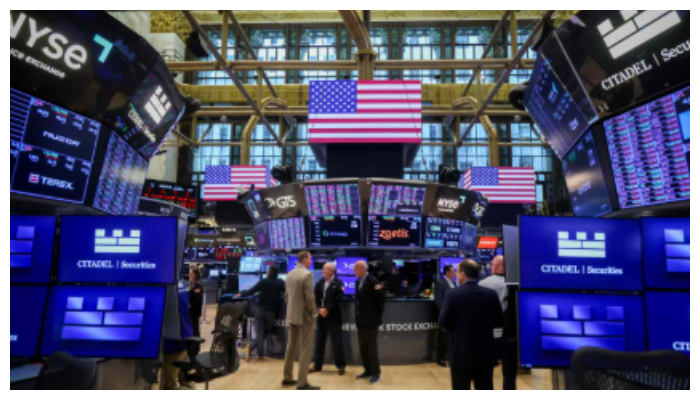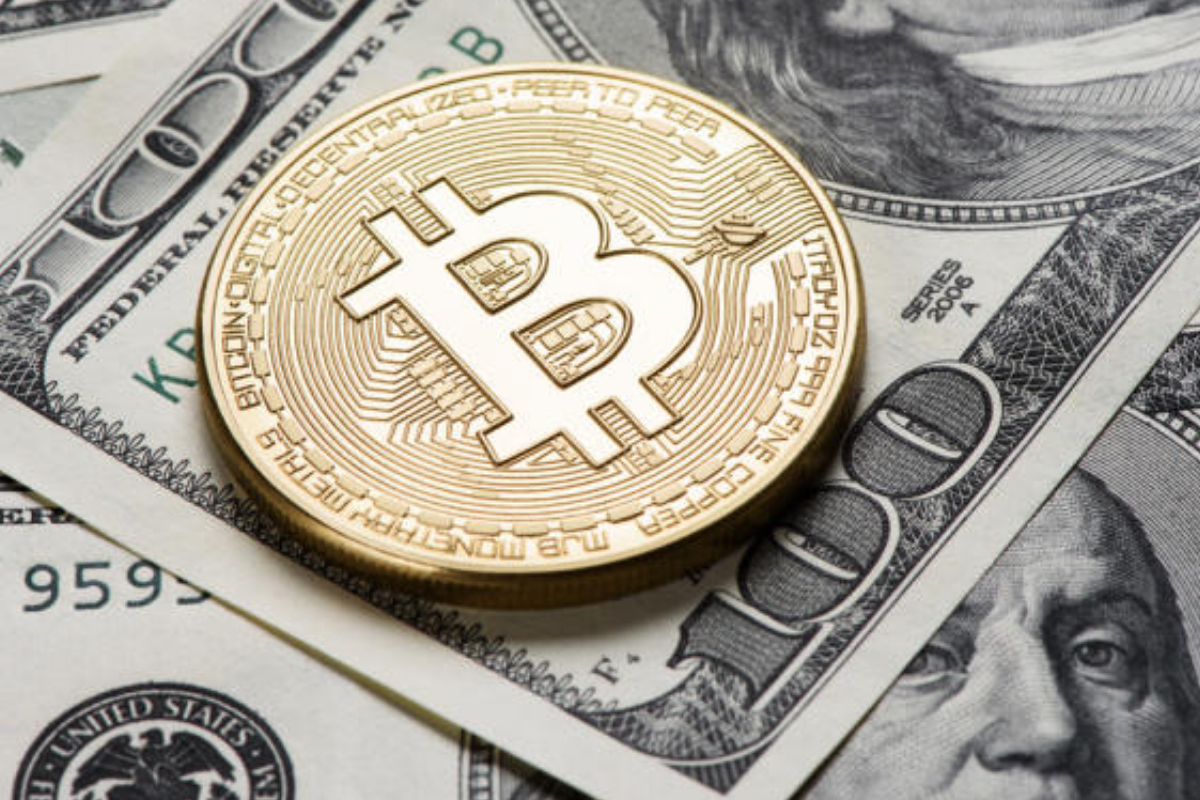According to Reuters, cryptocurrency markets nursed huge losses on Friday, with Bitcoin returning over $30,000 but still on track for a record losing run following the collapse of TerraUSD, a so-called stablecoin.
Concerns about high inflation and increasing interest rates have prompted the widespread dumping of hazardous investments, including crypto assets. Sentiment is extremely delicate since alleged dollar-pegged tokens have failed.
Bitcoin, the largest cryptocurrency by global market value, recovered during the Asian session and was trading about $30,500 by 1140 GMT. It has made some progress after hitting a 16-month low of approximately $25,400 on Thursday.
But it remains far below week-ago levels of around $40,000 and, unless there is a rebound in weekend trade, is headed for a record seventh consecutive weekly loss.
“I don’t think the worst is over,” said Scottie Siu, investment director of Axion Global Asset Management, a Hong Kong-based firm that runs a crypto index fund.
“I think there is more downside in the coming days. I think what we need to see is the open interest collapse a lot more, so the speculators are really out of it, and that’s when I think the market will stabilize.”
Beyond Bitcoin
Crypto-related stocks have taken a beating, with shares in broker Coinbase leveling out overnight but still down by half in less than a week.
In Asia, trading platforms and other crypto services operated by Hong Kong-listed Huobi Technology and BC Technology Group had weekly declines of more than 20%.
However, the Bitcoin fall has had minimal impact on mainstream financial markets thus far.
“Crypto is still tiny and crypto integration within broader financial markets is still infinitesimally small,” said James Malcolm, head of FX strategy at UBS.
“This idea that what goes on in crypto stays in crypto – that’s in many ways where we still are at the moment.”
Stablecoin Squeeze
Since November, selling has approximately half the worldwide market value of cryptocurrencies, but the slump has turned to panic in recent sessions due to the strain on stablecoins.
Stablecoins are tokens that are tied to the value of traditional assets, most often the US dollar, and serve as the primary channel for transferring funds between cryptocurrencies or converting balances to fiat currency.
The fall of TerraUSD, which had a 1:1 peg to the dollar, shook cryptocurrency markets this week.
When the coin’s complicated stability mechanism, which required balancing with a free-floating cryptocurrency called Luna, became under selling pressure, it ceased operating. TerraUSD was recently trading about 9 cents, while Luna plunged close to zero.
Tether, the largest stablecoin and one whose makers claim is backed by dollar assets, has also come under attack, falling to 95 cents on Thursday, according to CoinMarketCap statistics, before recovering to $1 on Friday.
“Over half of all bitcoin and ether traded on exchanges are versus a stablecoin, with USDT or Tether taking the largest share,” analysts at Morgan Stanley said in a research note.
“For these types of stablecoins, the market needs to trust that the issuer holds sufficient liquid assets they would be able to sell in times of market stress.”
Tether’s operating company says it has the necessary assets in Treasuries, cash, corporate bonds, and other money-market products.
But Tether is likely to face further tests if traders keep selling, and analysts are concerned that stress could spill over into money markets if pressure forces more and more liquidation.
Ratings agency Fitch said in a note on Thursday that there could be “significant negative repercussions” for cryptocurrencies and digital finance if investors lose confidence in stablecoins.
“Many regulated financial entities have increased their exposure to cryptocurrencies, defi, and other forms of digital finance in recent months, and some Fitch-rated issuers could be affected if crypto market volatility becomes severe,” it said.
However, Fitch said that weak links between crypto markets and regulated financial markets will limit the potential of crypto market volatility to cause wider financial instability. (Reporting by Tom Westbrook and Alun John; Editing by Bradley Perrett and Emelia Sithole-Matarise)
For the latest International News Follow BOL News on Google News. Read more on Latest Business News on oldsite.bolnews.com





















